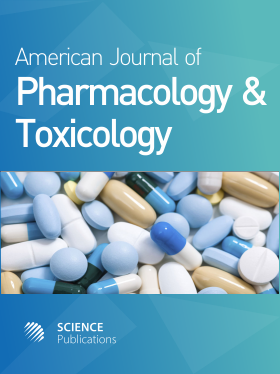Naloxone benzoylhydrazone activates Extracellular Signal-Regulated Protein Kinases and modulates Nociceptin Opioid Peptide Receptor activity
- 1 University of Houston, United States
- 2 The Scripps Research Institute, United States
- 3 University of Oklahoma Health Sciences Center, United States
Abstract
Naloxone benzoylhydrazone (NalBzoH) is often used as a nociceptin opioid peptide (NOP) receptor antagonist. However, NalBzoH is also a mixed μ antagonist/κ and δ opioid agonist and its actions at the NOP receptor range from an antagonist to partial agonist, depending on the effector response/system studied. We now report that NalBzoH activates endogenously expressed κ3 opioid, but not NOP, receptors to stimulate extracellular signal-regulated protein kinases 1/2 and, subsequently, to mediate changes in the expression of tyrosine hydroxylase and G protein-coupled receptor kinase 2 in SH-SY5Y human neuroblastoma cells. Furthermore, pretreatment with NalBzoH produces homologous desensitization of the κ3 opioid receptor as well as heterologous desensitization of the NOP receptor. In contrast, pretreatment with the NOP agonist, orphanin FQ/nociceptin (OFQ/N), desensitizes only NOP but not the NalBzoH response, suggesting the involvement of a receptor, distinct from NOP, in mediating the actions of NalBzoH in SH-SY5Y cells.
DOI: https://doi.org/10.3844/ajptsp.2007.51.59

- 4,205 Views
- 3,314 Downloads
- 4 Citations
Download
Keywords
- orphanin FQ/nociceptin
- tyrosine hydroxylase
- G protein-coupled receptor kinase 2
